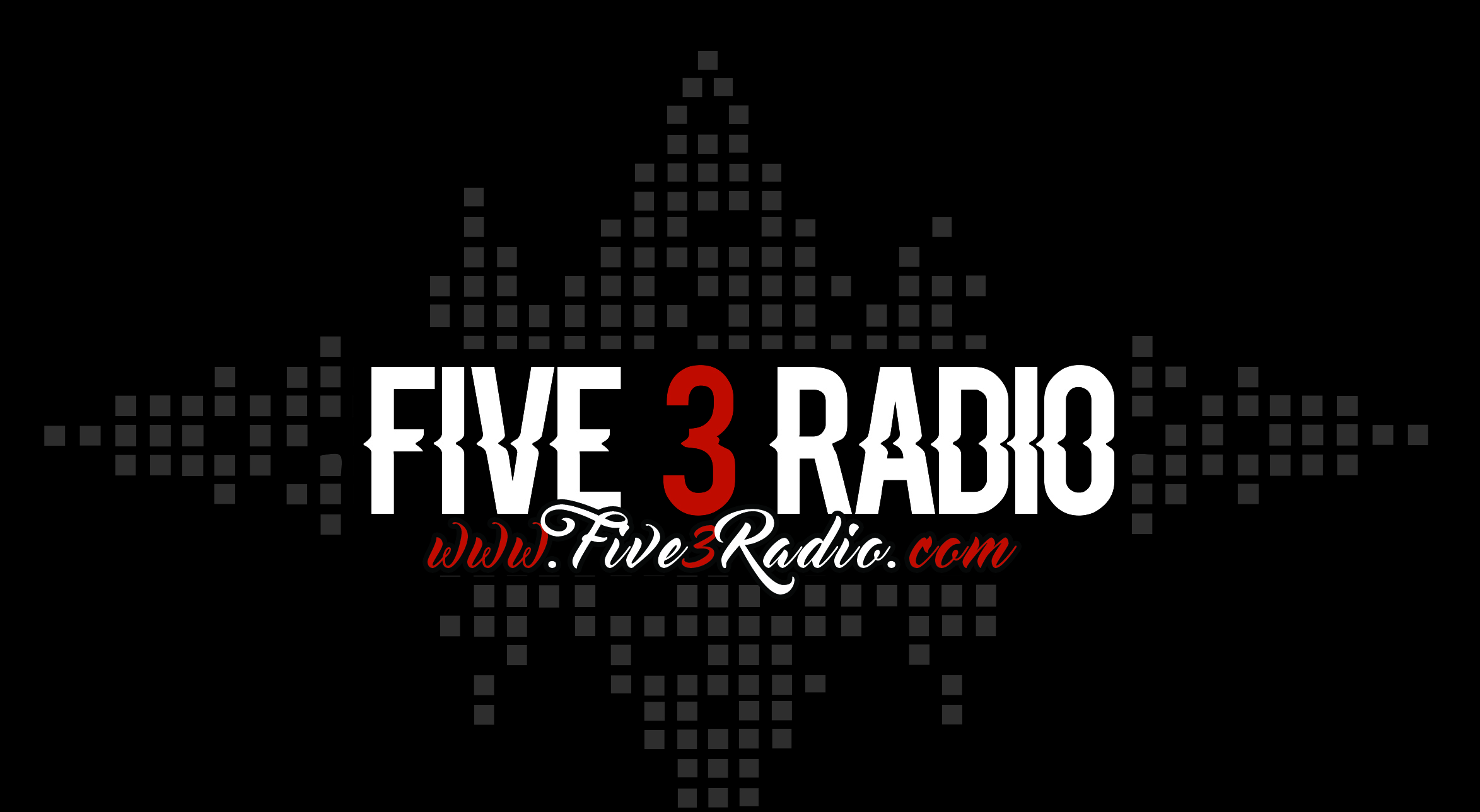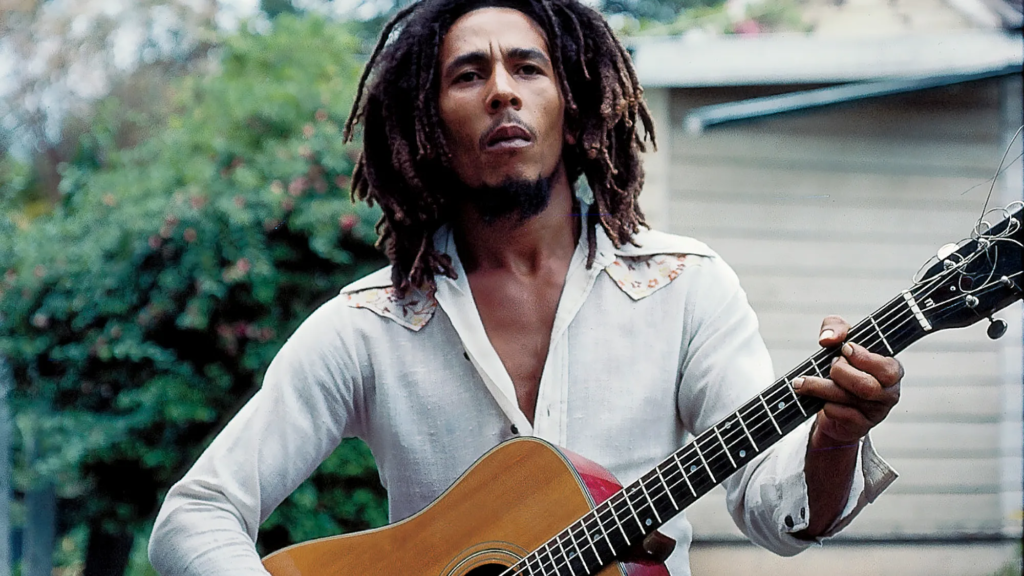The Symbiotic Relationship between Dancehall and Afrobeat: A Fusion of Rhythms and Cultures
Written by admin on August 23, 2023
Introduction
In the intricate tapestry of music’s evolution, genres often intertwine, borrowing elements and influences from one another to create new and vibrant sonic landscapes. One such captivating relationship can be observed between Dancehall and Afrobeat. Originating from two distinct corners of the world – Dancehall from Jamaica and Afrobeat from West Africa – these genres have gradually influenced each other since the beginning of the 21st century. This blog delves deep into the multifaceted dynamics of this musical exchange, shedding light on how Dancehall has influenced Afrobeat and vice versa, leading to a transformative impact on the global music scene.
Dancehall: Pulsating Rhythms and Jamaican Vibes
Emerging in the late 1970s in Jamaica, Dancehall is a genre that developed as a natural evolution from reggae music. Renowned for its infectious rhythms, captivating melodies, and often explicit lyrical content, Dancehall swiftly gained popularity within and beyond the shores of Jamaica. The genre’s emphasis on rhythm and its catchy beats served as a foundation for its eventual influence on a variety of musical genres, including the ever-evolving sounds of Afrobeat.
Afrobeat: African Roots and Fela Kuti’s Legacy
Afrobeat, a genre hailing from Nigeria in the late 1960s and popularized by the iconic Fela Kuti, represents a fusion of traditional African rhythms, jazz, funk, and highlife. Distinguished by its intricate polyrhythms, potent horn arrangements, and socially conscious lyrics, Afrobeat emerged as more than just music – it became a symbol of African identity and resistance against societal injustices. The genre’s pioneering spirit paved the way for the ascent of contemporary African music onto the global stage, setting the groundwork for its interaction with Dancehall.
The Interplay of Musical Elements
a. Rhythmic Fusion
One of the most evident ways in which Dancehall has influenced Afrobeat is through the merging of rhythmic elements. Dancehall’s emphasis on catchy beats and syncopated rhythms resonated deeply with Afrobeat artists, inspiring the incorporation of Dancehall characteristics into Afrobeat compositions. This fusion can be audibly detected in tracks that feature Dancehall-inspired drum patterns, vibrant basslines, and vocal deliveries reminiscent of Dancehall’s distinct style.
b. Collaborative Ventures
The digital age of music production has facilitated unprecedented collaborations between Dancehall and Afrobeat artists. These partnerships allow for the exchange of artistic perspectives and the fusion of distinct sounds. Collaborative tracks like “Risky” by Davido and Popcaan or the alliance between Wizkid and Vybz Kartel on “Wine to the Top” serve as prime examples of the convergence of these two genres. These alliances blur the lines between Dancehall and Afrobeat, simultaneously introducing both styles to new audiences around the world.
Cultural Exchange Beyond the Melodies
a. Aesthetic Crossroads
The impact of Dancehall on Afrobeat transcends mere musicality, extending to the realms of fashion and visual aesthetics. Dancehall’s vibrant and bold fashion choices, alongside the dynamic dance styles affiliated with the genre, have seeped into the visual expressions of Afrobeat artists. Vibrant clothing selections and energetic dance moves showcased in Dancehall culture find their way into the performances and music videos of Afrobeat musicians, creating a visually captivating experience for viewers.
b. Shared Themes and Lyrics
Beyond the sonic and visual aspects, Dancehall and Afrobeat often explore similar themes in their lyrics, including matters of love, societal issues, and celebration. The lyrical dialogue between the two genres has led to the incorporation of Jamaican Patois in Afrobeat tracks, infusing them with a distinct linguistic flavor. This linguistic fusion serves to further unite the genres and reinforce their interconnectedness.
Global Influence and Commercial Triumph
The convergence of Dancehall and Afrobeat has not only enriched the musical universe but has also contributed to the commercial success of artists who embrace this hybrid sound. Collaborative tracks often gain international recognition, reaching diverse audiences and amplifying the global impact of both genres. This commercial achievement has motivated more artists to explore this fusion, resulting in an ongoing evolution of sound that defies geographical boundaries.
Navigating Challenges and Embracing Progress
While the synergy between Dancehall and Afrobeat yields numerous benefits, it does come with its share of challenges. Critics argue that excessive cultural borrowing can lead to cultural appropriation and the dilution of genre authenticity. However, proponents of this fusion counter that it’s a celebration of cultural diversity and an avenue for pushing the limits of musical creativity.
Conclusion
The dynamic interaction between Dancehall and Afrobeat serves as a testament to music’s boundless potential for evolution. From rhythmic amalgamation to cross-cultural collaborations, the impact of Dancehall on Afrobeat and vice versa has given rise to a rich and diverse spectrum of sounds and cultural expressions. This musical exchange not only underscores the interconnectedness of global music but also celebrates the capacity of artists to transcend geographical confines through their innovative artistry. As the journey of musical exploration persists, the Dancehall-Afrobeat relationship stands as a resounding proof of music’s power to unify, inspire, and metamorphose. Through this exchange, these genres remind us that music knows no borders – it is a universal language that speaks to the hearts and souls of people across the globe.




